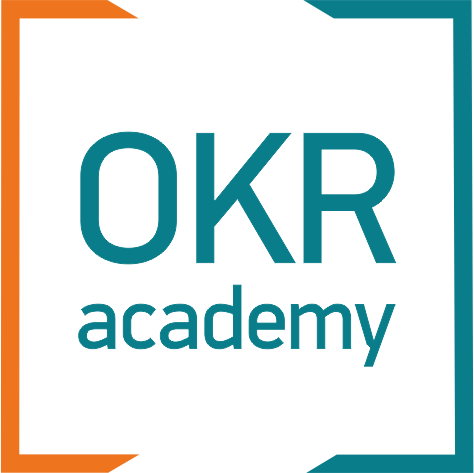OKR Implementation
Common challenges with OKRs

Setting objectives and key results (OKRs) is a powerful way to drive growth, innovation, and engagement in organizations. However, it's not always easy to implement OKRs successfully, and organizations may face a range of challenges along the way. In this article, we'll explore some of the common challenges that organizations face with OKRs, and share real-life examples of how these challenges have been overcome. While each organization will have its unique challenges and solutions, these examples can provide a starting point for overcoming common obstacles and driving success with OKRs. So, let's dive in and discover how to overcome common challenges with OKRs!
Lack of ownership and buy-in
Many organizations struggle with getting buy-in and ownership from their employees for OKRs. To overcome this challenge, companies have held workshops and training sessions to educate employees on the benefits of OKRs and how they can contribute to the company's goals. They also involve employees in setting their own OKRs and make sure they understand how their goals align with the company's objectives.
Difficulty in setting achievable and measurable goals
Organizations often struggle with setting goals that are both achievable and measurable. To overcome this challenge, companies have established a clear process for setting OKRs and have provided training to employees on how to set effective goals. They also encourage collaboration and have regular check-ins to ensure progress is being made.
Difficulty in tracking progress
Tracking progress is a challenge for many organizations using OKRs. To overcome this challenge, companies have established a clear process for tracking progress, using tools such as spreadsheets or project management software. They also encourage regular check-ins and make adjustments to OKRs as needed to ensure they remain achievable and aligned with the company's goals.
Lack of communication and alignment
Organizations may struggle with communicating and aligning OKRs across departments and teams. To overcome this challenge, companies have established regular communication channels, such as team meetings, to keep everyone informed and aligned. They also encourage collaboration and have regular check-ins to ensure everyone is on the same page
